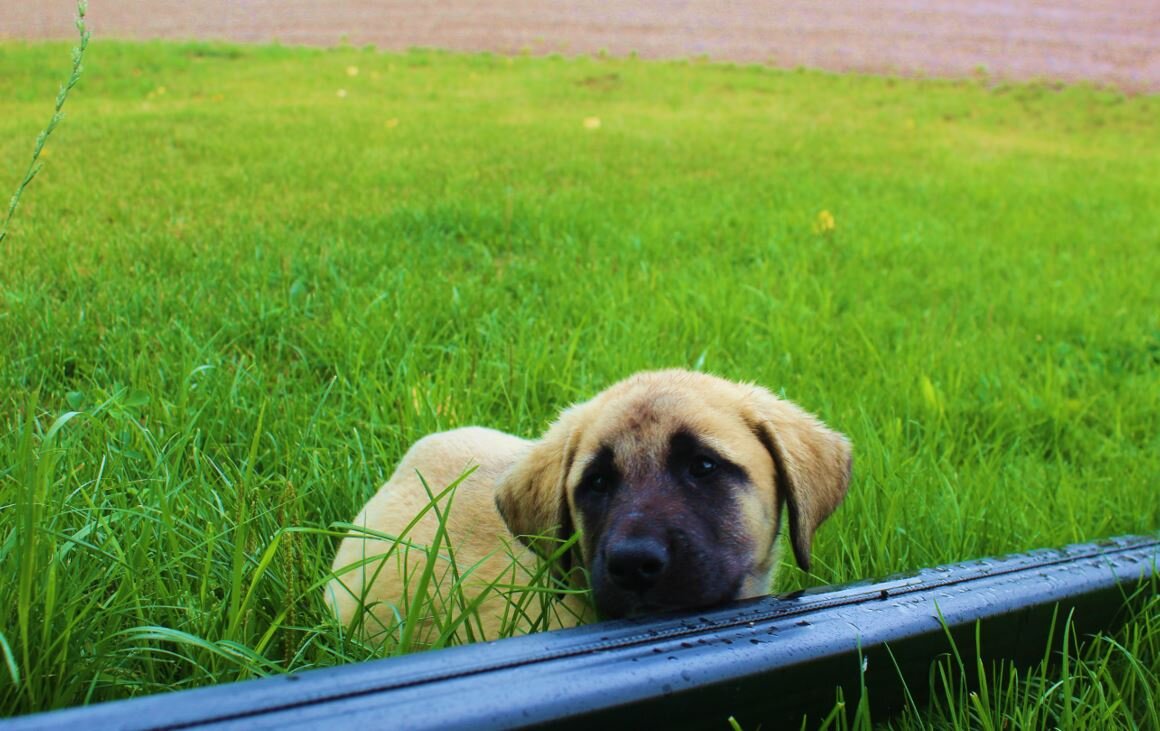Your brain is responsible for keeping you alive, not keeping you happy. You have to be intentional about bringing joy into your life.
— ApRiL (@greasybishh) July 26, 2021
This tweet came across my feed today, and although it was about humans helping other humans, I immediately thought about dogs. Because of course I did: I use everything as an excuse to think about dogs.
Brains are just another organ, and they serve the same general purpose as all our organs: keeping us alive, and helping us to make more copies of ourselves. This is true for humans just as much as it is true for dogs.
dogs will use avoidance and aggression when they feel threatened, even if the threat is not “real” from our perspective (we don’t get to decide what dogs find threatening).
dogs will seek food and mates even when they’re well-fed and simply can’t get in the family way.
dogs will identify and guard resources that they feel are important to their survival.
Due to a mismatch between their evolutionary environments and their current contexts, they may make decisions to behave in ways that are baffling (why do you chew drapery, dog?) or dangerous (why do you eat drapery, dog?). But that doesn’t change the truth of things: their brains, just like ours, are wired to keep them alive. Dogs do what works so they can greet another day.
So, what does this mean?
It means that we must be intentional about giving them opportunities to find delight, especially by allowing them to behave in ways that scratch that “I’m a dog” itch: sniffing, chewing, walks, exercise, play, social time with other dogs, and so on. That’s our job, and dollars to doughnuts it’s more fun than any real job we might have.
It also means that we must protect them from things that make them feel truly threatened or fearful. For example, dogs aren’t enjoying themselves, feeling loyal, or protecting us when they are aggressive towards strangers. They are feeling like their lives might be at risk. This is not a good way to live.
That’s not all of it, though. Accepting this fundamental truth about dogs means that we must release our dogs from the human-centric box we have stuffed them into. Dogs don’t exist for us, their brains aren’t wired to make us happy, and much of their behaviour really, really is about meeting their own needs, not doing stuff for us or to us or to spite us. Dogs’ brains are wired to keep them alive. They love us, but they don’t exist for us. Seeing them as the beautiful and whole animals that they are keeps them safer and happier, opens our eyes to all the ways we can protect them and give them more joy. And seeing our dogs for who they really are is just about the best thing we can give them, at the end of the day.
Our brains, and our dogs’ brains, aren’t perfect. But they’re what we’re stuck with. And if the zombies have anything to say about it, they’re good enough.
Your personality is located at the part of your brain that is most likely to get punched, which gives you a sense of how much Evolution cares about your inner self.
Zach Weinersmith, in “Science: Abridged Beyond the Point of Usefulness” 2017.
















